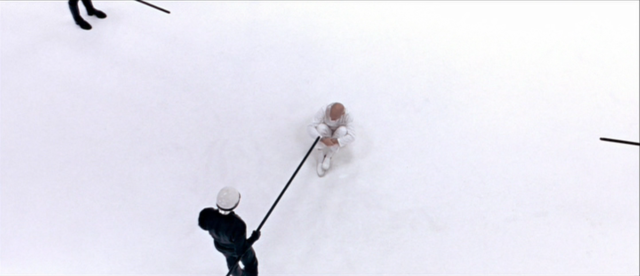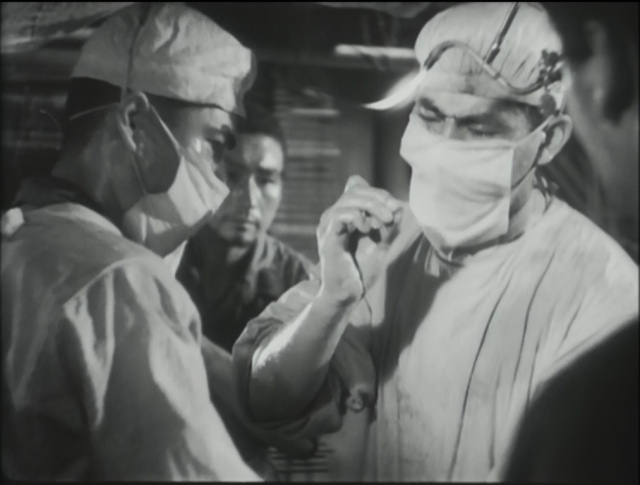
“Watch the road, dear!”
In Frank Nugent’s original 1939 New York Times review of John Ford’s Drums along the Mohawk, he observed, “The Revolutionary period, oddly enough, has been one of the least exploited epochs in our national history—by the screen, that is…” If we are discussing war movies, I would add World War I to the list under-served by the cinema. While we seem to get a new movie about World War II almost every year, these pivotal eras are rarely charted by filmmakers. So it is with great interest that I took a look at Ford’s film, which stars Henry Fonda and Claudette Colbert as a pair of newlyweds trying to make a life in the frontier when war against the British breaks out around them.
It’s not really a war movie properly speaking, but like most of Ford’s best loved pictures, a story of a family and a community. There are some battles, but most of them are off screen, or only spoken about. Ford is more concerned with the aftermath of the battles, and even the preparation for them, than on rousing footage of the actual skirmishes. The focus remains on the ways that the encroaching realities of war shapes and transforms a community. As one of the few wars fought on our own soil, this sort of story is very different than the ones where soldiers bleed and die across the ocean. Homes are burned by Indians allied with the British. The women and children of the frontier are forced to retreat to the relative safety of the nearby fort, abandoning their homes and lands. The militia is formed from the able bodied of the area, and drilled in preparation to defend the territory.
Continue reading →










You must be logged in to post a comment.